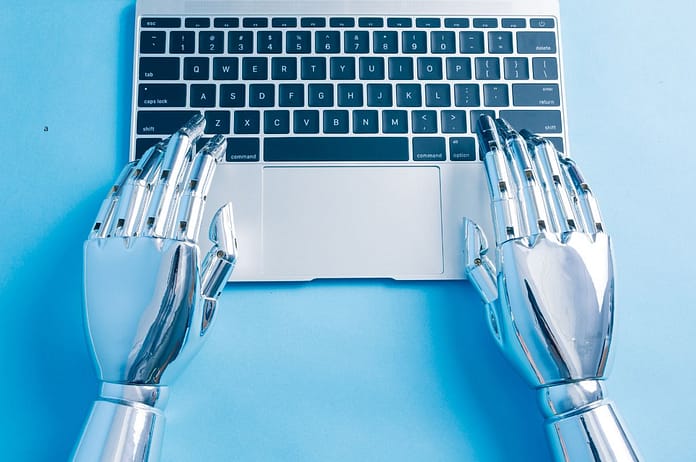In recent years, artificial intelligence (AI) has transformed the way we interact with technology in many areas. Between 2020 and 2023, the adoption of AI by Latin American companies increased from 58% to 71%, according to thestudy Exploring AI as a driver of change in the Latin American digital frontier, carried out by NTT Data and MIT Technology Review.
AI is being integrated into a variety of business processes, including image editing, with impressive results. Automation of repetitive and complex tasks, such as removing backgrounds from photos, color correction, and applying filters, translates into greater efficiency and quality in editing. AI-powered image editing tools are becoming more accessible to a broader audience, democratizing access to advanced editing techniques.
Additionally, it enables new forms of creativity by offering features such as realistic background generation, automatic image enhancement, and the creation of special effects that would be difficult to do manually. The automation of these processes can also significantly reduce operational costs, making image editing more affordable for professionals and amateurs. This is especially relevant in digital marketing and social media, where powerful images are crucial.
AI offers numerous advantages, especially for beginner entrepreneurs. In the field of visual creation, the use of tools with AI features allows transforming ordinary images into high-quality professional material. Thus, small businesses can create customized designs for their social media and sales materials, saving time and resources and achieving impressive results.
The application of AI in photo editing also bringsenvironmental benefitsbecause creating digital backgrounds saves natural resources and reduces CO2 emissions. Onestudy published in the journal NatureIn February 2024, it was revealed that creating images with AI emits between 310 and 2,900 times less carbon dioxide compared to traditional photos. However, it is important to recognize that the AI sector as a whole is demanding increasing amounts of energy, which represents a necessary balance to maximize the environmental benefits of this technology.
In Brazil, the willingness to adopt new technologies is evident. The dating app market, for example, reflects this trend. Data from the Norton 2024 Cybersecurity Insights Report indicate that 69% of Brazilian dating app users are interested in using AI to craft catchy phrases and 67% to enhance their photos. This desire to adopt AI in areas as personal as online dating indicates an openness to exploring its advantages. However, this raises important ethical and safety issues that need to be discussed.
Excessive use of AI can lead to image manipulation with unrealistic and potentially misleading representations, affecting people's self-esteem and perception of beauty. Privacy is also a concern, as many applications can collect and store users' personal data, making them vulnerable to cyberattacks. The security of this data should be a priority, and companies must ensure the protection of users' confidential information.
Therefore, it is essential that AI is used with caution and ethics. Companies should adopt transparent and responsible practices, ensuring that technology benefits society as a whole. This includes clear guidelines on image editing, strict protection of user privacy, and consideration of the socioeconomic impact of automation.
AI is shaping the future of image editing in Latin America, offering powerful tools that transform the user experience. As more companies and individuals adopt this technology, we can expect constant innovations and improvements in our society.


